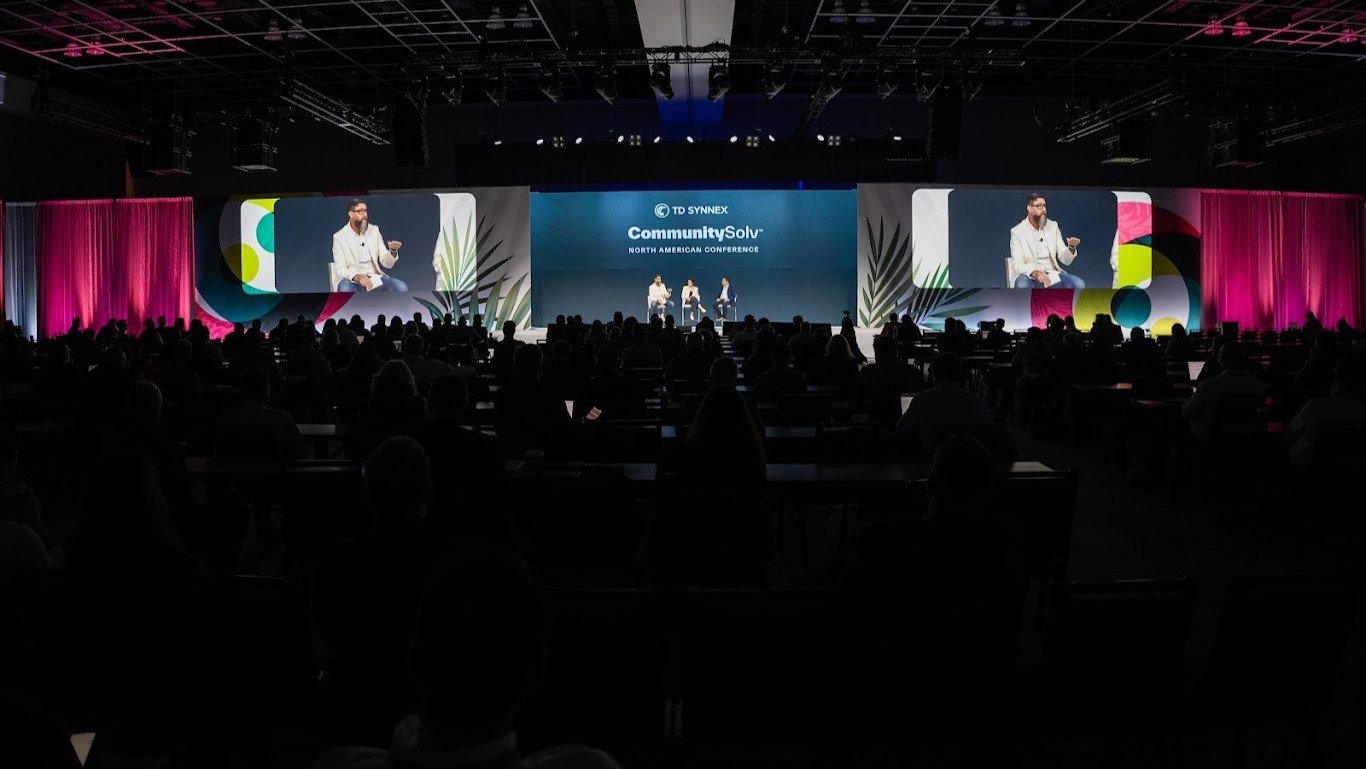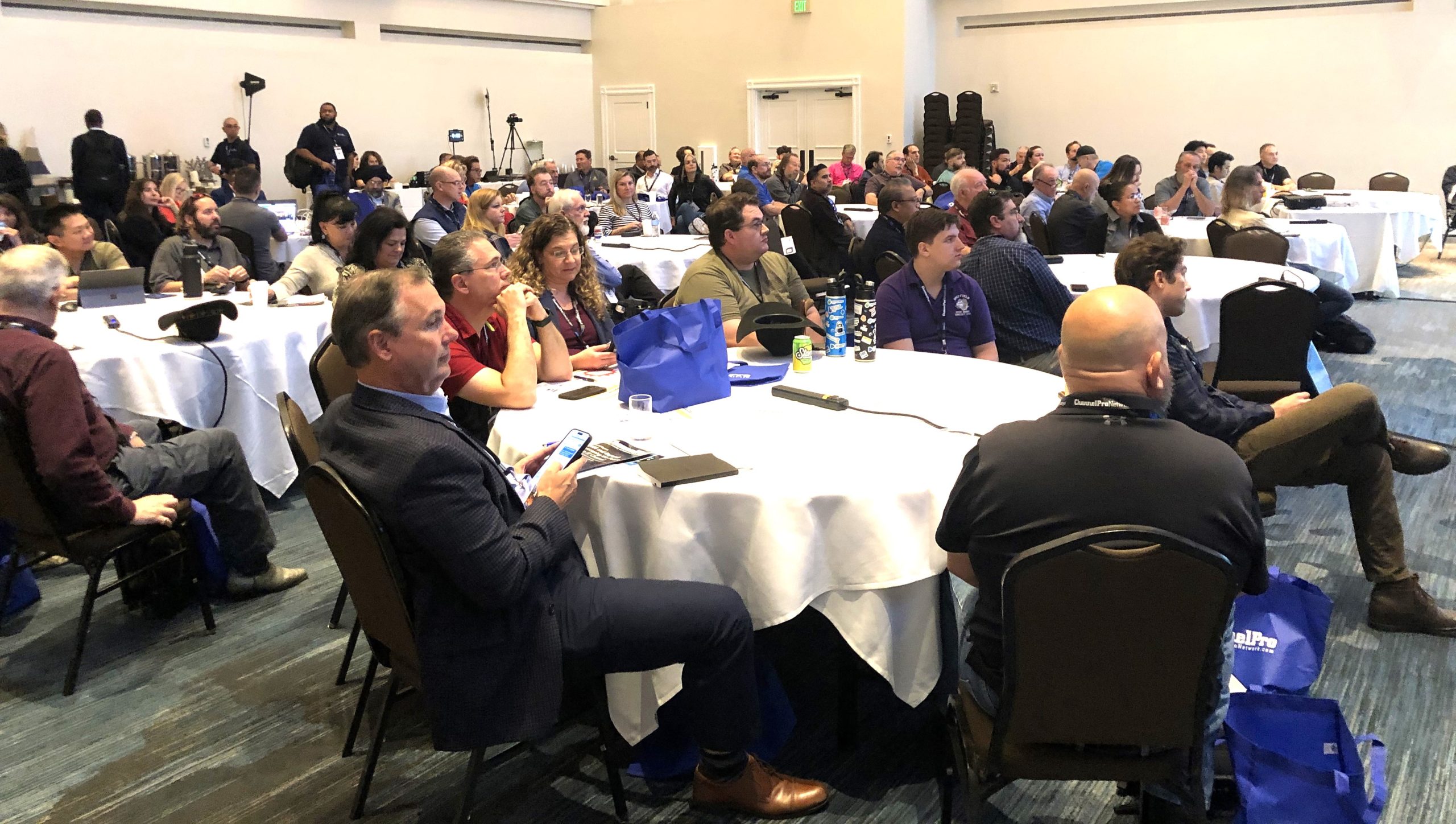As companies around the world quickly pivoted to remote work in response to the coronavirus pandemic, MSPs and IT service providers were busy spinning up tenants to support large-scale remote operations for businesses and universities. Many organizations found themselves with an urgent need to mobilize a plan for working remotely to maintain business continuity, but moved forward without a larger cloud-enablement plan in place. As a result, these companies found themselves having to manage complex multitenant environments and a surplus of costly cloud resources, culminating in a headache for users, MSPs, and IT service providers alike.
Organizations should now take some time to evaluate the efficiency of their day-to-day operations, and consider consolidating multitenant environments. The benefits of doing so include streamlined operations, better integration of cloud solutions, improved cost management, enhanced collaboration and engagement between users, and the ability to seamlessly scale operations as the organization grows.
Improve Efficiency and Plan for Growth
Multitenant environments can present challenges to both end users and IT service providers. Users can find themselves juggling multiple usernames and passwords if all portals are not appropriately synced to enable single sign-on authentication. This can lead to an abundance of confusion regarding where their data is stored and how it is accessed. For MSPs and the IT team, the lack of a cloud enablement plan means more time spent locating and tracking user data, as there are multiple locations where this data can live.
A cloud enablement plan helps organizations address these challenges as well as plan for expansion and cloud growth. By implementing such a plan, companies no longer have to worry about unexpectedly losing on-prem data in a catastrophic event. Users are able to access accounts within the same tenant, which allows more seamless communication and collaboration. In addition, security and compliance regulations such as HIPAA can be more easily managed in the cloud. A cloud-enablement plan also allows for more transparency into user activity and access to report monitoring, as well as more control over shaping an organization for the future.
How to Approach Consolidating Multitenant Environments
For successful data migration and consolidation, a comprehensive understanding of the organization’s mission and how it operates is critical. MSPs and IT service providers should have a checklist to run through to obtain this information and determine project scope for a seamless transition. Questions that should be addressed include:
- What’s the client’s industry?
- How many users are there?
- What technologies are they currently using?
- What types of data are they migrating?
- Do the end users work in-office or remotely?
- Does all historic data need to be migrated to the cloud or only a certain limit?
Questions like these enable MSPs and IT service providers to execute a tailored data migration experience that fits the organization’s needs. Licenses must be appropriately purchased so that costs are correctly managed for applications and technologies that the end users will use in their day-to-day operations. In addition, how users experience the migration must be considered. Extra steps should be taken to ensure customers feel safe about how their data is managed during the consolidation process.
The Rise of Multitenant Consolidations
As more companies rely on remote operations now and in a post-pandemic world, there will likely be an increase in the consolidation of multitenant environments over the next year or so. There are several reasons why this will happen. Mergers and acquisitions, which have been momentarily paused during the early days of the pandemic, will steadily resume as companies are purchased and join other companies. The continual rollout of technology improvements from cloud providers like Microsoft will prompt upgrades and drive migration projects. Additionally, there is a shifting societal norm in countries previously reluctant to embrace the cloud. These markets traditionally held in-person and on-prem business operations in high regard but are now revisiting their operations and looking to adopt cloud technologies to maintain business continuity.
Pivoting on the fly is never easy, but it’s important for MSPs and IT solution providers to help position their customers for continued success. For those companies that quickly spun up a cloud tenant to enable remote work, the time to implement a larger cloud enablement plan is now. Consolidating multitenant environments will help customers achieve more efficient operations, optimize collaboration and engagement, and improve management of resources.
LAUREN BRUNSON is a senior technology strategist at BitTitan, where she works closely with sales managers to achieve new partner acquisitions and revenue growth. As a Certified Engineer, she helps people identity the best path to the cloud. Her areas of expertise include technical enablement, sales methodology, and customer satisfaction, and she serves as BitTitan’s resident Azure expert. Prior to BitTitan, Lauren worked as a sales engineer with AppRiver, a software company that specializes in cybersecurity, productivity, and compliance solutions. Since 2011, Lauren has helped more than 5,000 companies move their business to the cloud.














